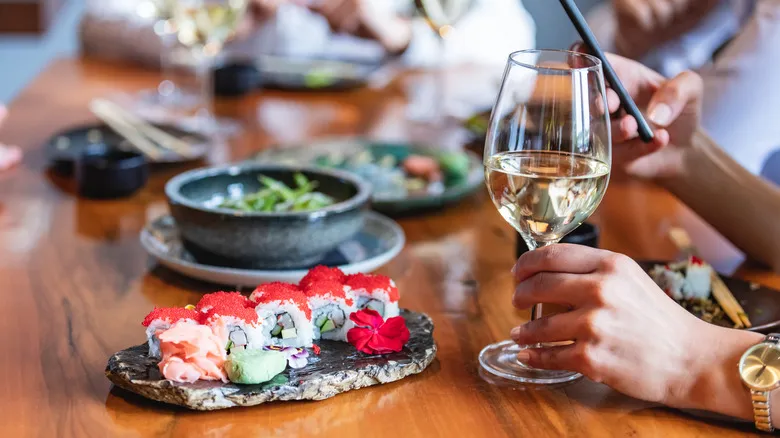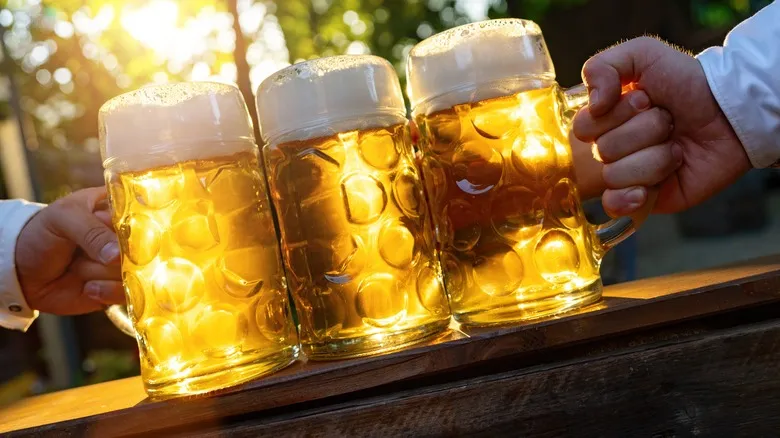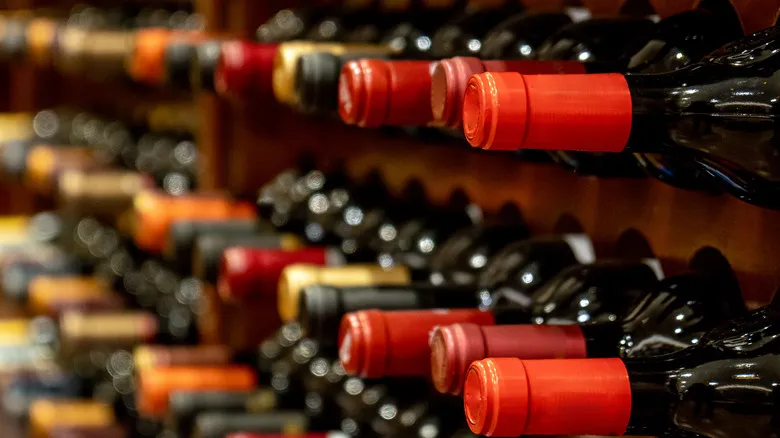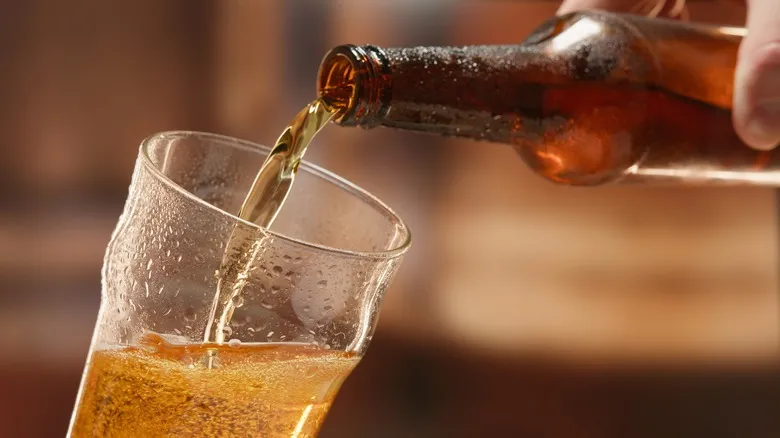How to prevent skunky and off flavors in beer

Certain beers in green glass bottles will never develop that skunky aroma. The trick? Some brewers utilize hop alternatives, such as tetra and hexa hops, to prevent the chemical reaction that leads to that distinctive skunk scent when beer is exposed to light. Then there are the intensely hoppy, deliberately funky IPAs and barnyard sours, which may hit you with a strong skunky odor — or might come across as off-putting — but are still safe to consume.
Letting chilled beer warm up and then trying to cool it down again is still not advisable. Heat accelerates oxidation, resulting in a cardboard-like taste. To maintain the flavors in your beer, particularly in bottles, always keep them in a cool, dark environment or a well-packed cooler. However, this may not always be sufficient, as there are other factors that can negatively affect beer.
For example, diacetyl, a bacteria that occurs naturally during fermentation due to yeast, can proliferate in beer and create overpowering buttery flavors. Other compounds that can adversely affect the aroma and taste of beer include acetaldehyde (which has scents reminiscent of grass or green apple) and dimethyl sulfide (often likened to creamed corn).
Recommended

Don't Bother Ordering Top-Notch Wine On An Airplane

The Absolute Worst Wine Pairing For Raw Fish

5 Mixers You Need To Make Cheap Beer Taste Better

What It Means When A Wine Bottle Is Labeled 'Reserve'
Next up

